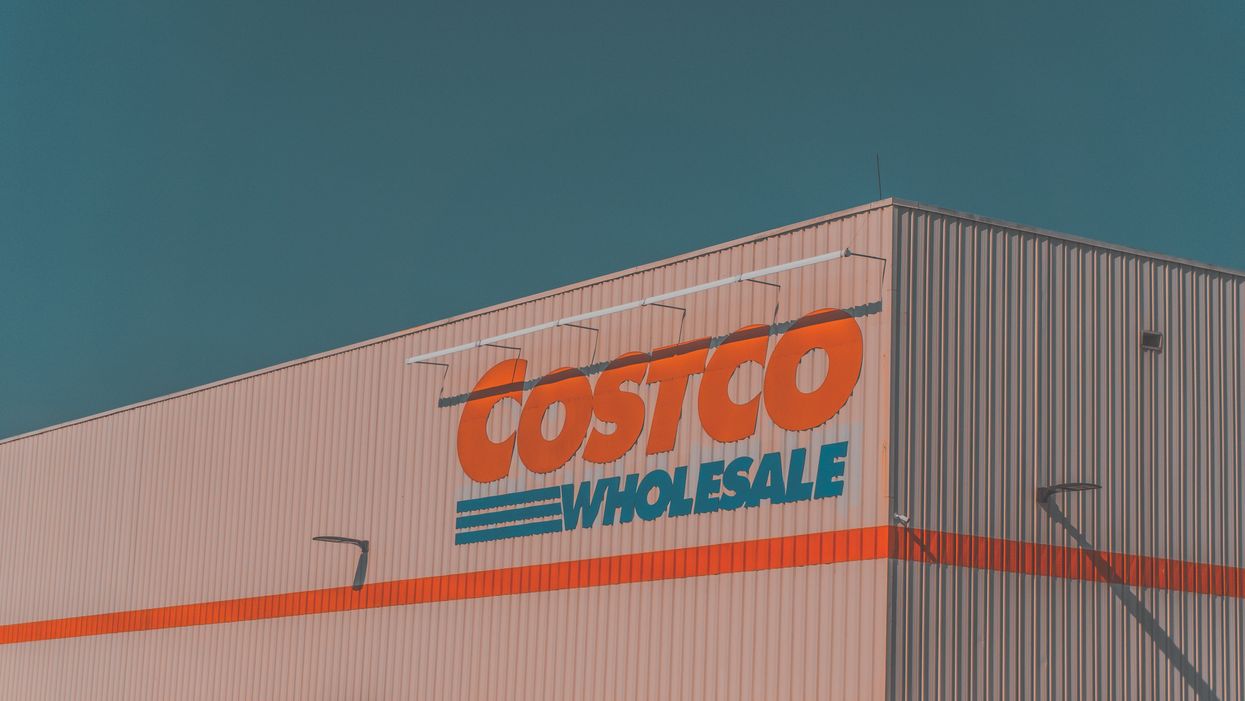Economy
22 May 2023
This Week in Commerce: Sweets & Snacks, retail earnings, PCE data
Check out the calendar of events, economic indicators and earnings for May 22-26.

Photo by Omar Abascal on Unsplash
Check out the calendar of events, economic indicators and earnings for May 22-26.

Welcome to a new week. CPGs are in Chicago to start the week as they show off the latest and greatest treats at Sweets & Snacks. In earnings, retailers such as Best Buy, Dick’s, American Eagle and Costco are continuing to report initial 2023 results. Then, we’ll head into Memorial Day with fresh data on the consumer, courtesy of the PCE Index.
Here’s a look at the calendar:
Sweets & Snacks: Confectionery and snacks brands gather in Chicago for an exhibition that offers a glimpse of new products, innovation and industry connections. May 22-25, Chicago
Internet Retailing Expo: Ecommerce leaders gather for learning in Birmingham, England, for a conference, workshops and roundtable discussions. (May 23-24, Birmingham)
Personal Consumption Expenditures: The U.S. Bureau of Economic Analysis releases data on consumer spending, income and pricing for April 2023. This is the inflation measure preferred by economists, including members of the Federal Reserve’s key committee. (May 26, 8:30 a.m.)
Durable Goods Orders: The U.S. Commerce Department releases data for April 2023 on factory orders for goods that are designed to last more than three years. This is considered a forward-looking indicator of demand. (May 26, 8:30 a.m.)
Consumer Sentiment: The University of Michigan releases its final reading of consumer buying conditions and inflation expectations for May 2023. (May 26, 10 a.m.)
Tuesday, May 23: Dick’s Sporting Goods, VF Corp., Lowe’s, BJ’s Wholesale Club, Urban Outfitters, Williams Sonoma
Wednesday, May 24: American Eagle Outfitters, Petco, Abercrombie & Fitch, elf Beauty, Kohls, Express, Guess
Thursday, May 25: Best Buy, Ulta Beauty, Costco, Ralph Lauren, Gap Inc., RH.
Friday, May 26: Pinduoduo.
Campbell Soup Company CEO Mark Clouse offered thoughts on messaging amid inflationary shifts in consumer behavior.
After months of elevated inflation and interest rate hikes that have the potential to cool demand, consumers are showing more signs of shifting behavior.
It’s showing up in retail sales data, but there’s also evidence in the observations of the brands responsible for grocery store staples.
The latest example came this week from Campbell Soup Company. CEO Mark Clouse told analysts that the consumer continues to be “resilient” despite continued price increases on food, but found that “consumers are beginning to feel that pressure” as time goes on.
This shows up in the categories they are buying. Overall, Clouse said Campbell sees a shift toward shelf-stable items, and away from more expensive prepared foods.
There is also change in when they make purchases. People are buying more at the beginning of the month. That’s because they are stretching paychecks as long as possible.
These shifts change how the company is communicating with consumers.
Clouse said the changes in behavior are an opportunity to “focus on value within our messaging without necessarily having to chase pricing all the way down.”
“No question that it's important that we protect affordability and that we make that relevant in the categories that we're in," Clouse said. "But I also think there's a lot of ways to frame value in different ways, right?”
A meal cooked with condensed soup may be cheaper than picking up a frozen item or ordering out. Consumers just need a reminder. Even within Campbell’s own portfolio, the company can elevate brands that have more value now, even if they may not always get the limelight.
The open question is whether the shift in behavior will begin to show up in the results of the companies that have raised prices. Campbell’s overall net sales grew 5% for the quarter ended April 30, while gross profit margins held steady around 30%. But the category-level results were more uneven. U.S. soup sales declined 11%, though the company said that was owed to comparisons with the quarter when supply chains reopened a year ago and expressed confidence that the category is seeing a longer-term resurgence as more people cook at home following the pandemic. Snacks, which includes Goldfish and Pepperidge Farm, were up 12% And while net sales increased overall, the amount of products people are buying is declining. Volumes were down 7%.
These are trends happening across the grocery store. Campbell is continuing to compete. It is leading with iconic brands, and a host of different ways to consume them. It is following that up with innovation that makes the products stand out. Then, it is driving home messaging that shows consumers how to fit the products into their lives, and even their tightening spending plans.
Campbell Soup is more than 150 years old, and has seen plenty of difficult economic environments. It is also a different business today, and will continue to evolve. At the end of the day, continued execution is what’s required.
“If it's good food, people are going to buy it, especially if it's a great value,” Clouse said.